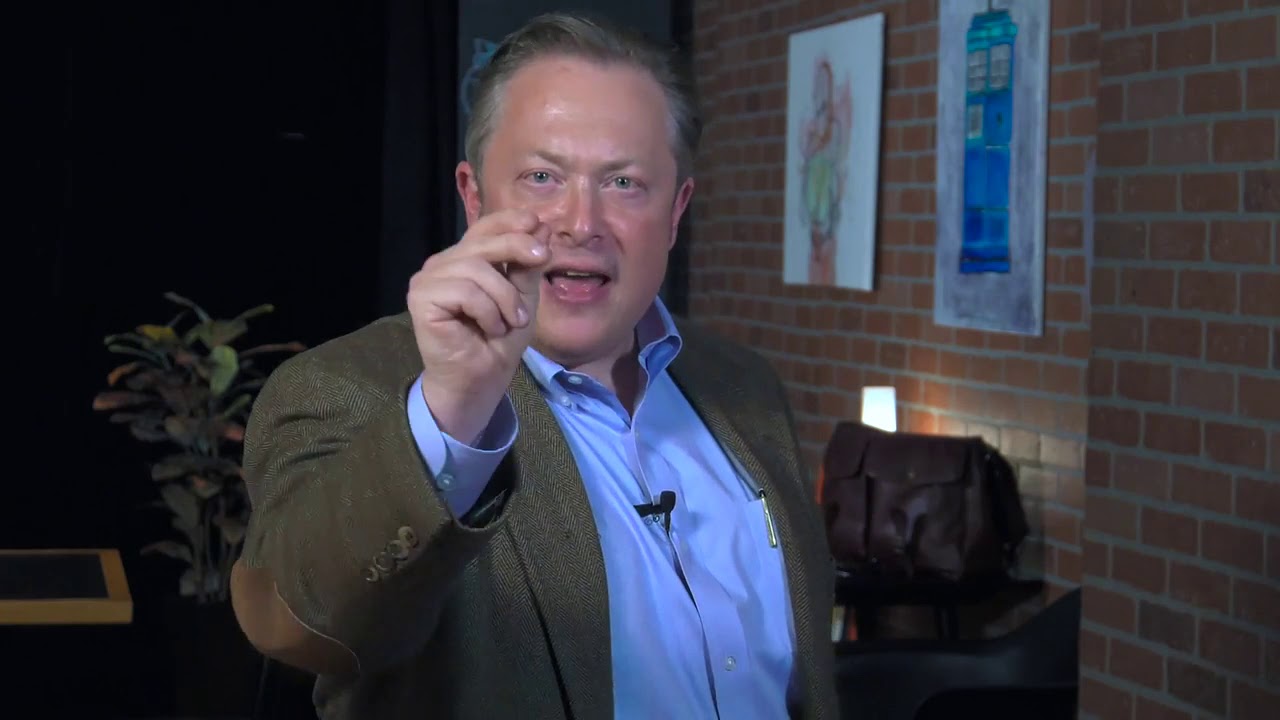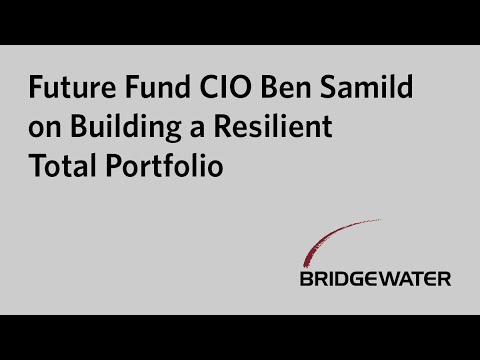In the competitive landscape of professional speaking, speaker portfolio building stands out as an invaluable tool that showcases your expertise, attracts clients, and helps you secure speaking engagements. Too many aspiring speakers underestimate the importance of a polished, engaging portfolio. They often settle for basic websites or simple brochures, missing out on potential opportunities. An effective speaker portfolio is all about creating a strong first impression. It’s your chance to establish credibility and make an impact, which is vital for anyone keen on developing a successful speaking career. In this article, we’ll take a deep dive into the essential components of building a standout speaker portfolio that shines in 2024.

Top 7 Essential Elements for Effective Speaker Portfolio Building
When you’re focused on speaker portfolio building, you need to ensure that your portfolio resonates with your audience and showcases your expertise and personal brand. Let’s break down seven key components every speaker should consider.

1. Engaging Bio and Personal Story
Your bio isn’t just a list of your achievements; it’s your chance to humanize yourself. Include a compelling personal narrative. Consider how Brené Brown shares her journey of vulnerability and courage, making her relatable and authentic. This genuine connection fosters trust, making potential clients more likely to engage with you. Authenticity is key; people want to hear your story.

2. Professional Headshots and Videos
In today’s digital age, visuals are crucial. High-quality headshots convey professionalism and personality. Just like renowned photographer Chris Orwig captures striking images, ensure your photos reflect who you are as a speaker. Complement these visuals with speaker demo videos showcasing your delivery style, audience interaction, and expertise. Think about Tony Robbins and how his engaging TED Talks captivate audiences. A powerful video can leave a lasting impression.
3. Detailed List of Topics and Keynotes
Having a clear list of speaking topics demonstrates your areas of expertise. It’s also a way to showcase your versatility. For instance, Grant Cardone features numerous topics on sales, motivation, and personal development on his portfolio. This clarity not only attracts a broader range of potential clients but also highlights how your ideas resonate with current trends and meet audience needs.
4. Client Testimonials and Case Studies
Collect testimonials from previous clients to enhance your credibility. Take a cue from Mel Robbins, who includes feedback from participants and organizations in her portfolio. Additionally, create case studies detailing how your engagements impacted these organizations. Concrete examples underscore your effectiveness and value, showing potential clients just how beneficial you can be.
5. Media Appearances and Publications
Showcasing your media presence adds authority to your portfolio. Marie Forleo shines in this area, featuring her appearances on major networks and her bestselling books. This not only draws attention to your work but also positions you as a thought leader in your field. Don’t shy away from including notable mentions; they enhance your visibility and credibility.
6. Speaking Engagements and Notable Past Clients
A curated list of your past speaking engagements paired with logos from notable brands can be incredibly compelling. For example, Tony Robbins proudly lists prominent companies like Coca-Cola and Microsoft, illustrating the extensive reach and trust tied to his name. A diverse range of past clients broadens your appeal and opens doors to fresh opportunities.
7. Contact Information and Call to Action
Don’t forget to make it easy for potential clients to connect with you! Your portfolio should feature comprehensive contact information along with a clear call to action. Whether you encourage visitors to fill out a booking form or to follow you on social media, direct engagement invites opportunities and conversation.

Navigating the Digital Landscape for Speaker Portfolio Building
As we move deeper into 2024, leveraging technology for speaker portfolio building is essential. Employ search engine optimization (SEO) techniques to ensure your portfolio ranks well in search results. Use targeted keywords, like public speaking Trends and social Media branding, to make it easier for potential clients to find you. Furthermore, incorporating interactive elements such as video snippets or audio clips invites users to engage more deeply with your content.
Don’t forget to integrate your portfolio with social media platforms. Platforms like LinkedIn serve as powerful networking tools. By connecting your portfolio to your profile, you can expand your reach and show off your expertise, as Adam Grant does with his speaking topics.
Connecting with Your Audience Through Continuous Learning
The journey of speaker portfolio building doesn’t stop once your portfolio is polished. Continuous learning and professional development should be a core part of your strategy. Attend workshops, conferences, and seek feedback from peers. This ongoing effort not only enhances your skillset but also keeps your portfolio fresh and relevant.
In the dynamic space of public speaking, speaker portfolio building is more than just a collection of achievements. It’s a living, breathing reflection of your journey, skills, and the value you bring to the table. With a focus on these essential elements, a commitment to embracing digital tools, and a dedication to growth, you can construct a portfolio that resonates with clients and audiences alike. Let your portfolio be a testament to your unique contributions and the positive impact you’ve made in the public speaking arena.
In closing, remember that time is fleeting, so maximize every moment in your journey as a speaker. The importance Of embracing Opportunities and crafting a strong portfolio cannot be overstated. Your successes are waiting for you to step into the spotlight, so let’s make every engagement count!
Good luck, and remember, the stage is yours!

Speaker Portfolio Building: Fun Trivia and Interesting Facts
The Art of Speaker Portfolio Building
Building a speaker portfolio is like crafting a signature dish; you need just the right ingredients. Did you know LL Cool J, everyone’s favorite rapping chef, has a net worth that’s as impressive as his accolades? A staggering $120 million! It just goes to show—the right branding and presentation can lead to enormous success. Similarly, when you polish your speaker portfolio, showcasing your skills creatively can reel in those clients and gigs like nobody’s business.
Speaking of skills, if you’re diving into AI keynote Crafting, you’re on the cutting edge of modern speaking trends! It’s fascinating how technology is shaping our presentations today. Just think: in less than a decade, we’ve gone from traditional speeches to highly interactive, tech-driven experiences. Who would’ve thought that the art of speaking could benefit from what feels like a video game strategy, much like understanding How To accept The license agreement in Rocket League? Knowledge is power, folks!
Engaging Your Audience
One of the best ways to engage your audience is by telling relatable stories and anecdotes that resonate. Consider characters like Barou from Blue Lock. His journey shows how persistence can lead to greatness, a motivational aspect to weave into your portfolio. All these elements—the story, the branding, and the presentation—are crucial in speaker portfolio building. They transform your portfolio from a simple collection of experiences to a compelling narrative that captures attention.
Don’t underestimate the power of location, either! For instance, there’s a Florida city that’s a safe haven from hurricanes, which adds a unique angle to your presentations. This knowledge can help you engage your audience with local references they genuinely connect with. All these bits come together, creating a rich tapestry that contributes to effective speaker portfolio building. So, as you gear up to share your message, keep these fun facts and trivia in your back pocket; they might just be the sprinkle of charm your presentations need!

How to create a speaker portfolio?
To create a speaker portfolio, start by gathering your best materials, like video clips of your speeches, testimonials from past clients, and a list of your speaking topics. Organize it in a clean and professional way, and consider using an online platform to make it easily accessible for potential clients.
What is a speaking portfolio?
A speaking portfolio is a collection of materials that highlights your skills, experience, and value as a speaker. It typically includes video samples, speaker one-sheets, testimonials, and a list of past engagements. This portfolio showcases what you bring to the table and can help land speaking gigs.
How much do panel speakers get paid?
Panel speakers can earn anywhere from a few hundred to several thousand dollars, depending on their experience and the event’s budget. Many panel speakers earn between $500 and $5,000 per engagement, but it can vary widely.
What does a speaker sheet look like?
A speaker sheet typically includes your bio, speaking topics, key achievements, testimonials, and contact information. It’s like a quick reference guide that gives event planners a snapshot of who you are and what you offer.
How do I create a motivational speaker profile?
To create a motivational speaker profile, focus on your personal story, the inspiration behind your message, and what makes your talks unique. Include your experiences, key highlights, and a list of topics that resonate with your audience.
How do I market myself as a speaker?
Marketing yourself as a speaker involves building an online presence, networking, and actively promoting your speaking topics. Use social media, attend industry events, and create content that showcases your expertise to attract clients.
What should be included in a communication portfolio?
A communication portfolio should include examples of your speeches, presentations, and any written materials that demonstrate your skills. You can also add videos or recordings that highlight your delivery and engagement with an audience.
How many examples should be in a portfolio?
Aim for about 5 to 10 examples in your portfolio. This way, you can show a variety of your work while keeping it concise enough for potential clients to review easily.
How should I make a portfolio?
To make a portfolio, gather all your best materials, write an engaging bio, and design it to be visually appealing. Make sure it’s easy to navigate, whether it’s a physical folder or a digital format like a website.
Who is the highest paid speaker?
The highest-paid speaker can earn well over $1 million per engagement. These speakers are often industry leaders or celebrities who have made a significant impact in their field.
What is a good speaker fee?
A good speaker fee can range from $2,500 to $15,000, depending on your experience and expertise. Factors like location, event type, and audience size can also affect how much you can charge.
Can you make a living as a speaker?
Yes, you can make a living as a speaker! Many successful speakers combine speaking gigs with other revenue streams like coaching, writing, or creating online courses to sustain their careers.
What do good speaker notes look like?
Good speaker notes should be clear and concise, with key points and reminders. They should help guide you without being a script, so you can engage naturally with your audience.
Should speakers face the wall?
No, speakers shouldn’t face the wall. It’s important to engage with the audience directly, making eye contact and using body language to connect while delivering your message.
What should be included in a speaker sheet?
A speaker sheet should include your name, a short bio, speaking topics, contact information, and testimonials. It’s a snapshot that event organizers can quickly review to determine if you’re a good fit for their event.
How do I brand myself as a public speaker?
Branding yourself as a public speaker involves defining your unique message, creating a consistent visual identity, and sharing your expertise across multiple channels. Use social media, a professional website, and networking to establish your brand.
How to create a portfolio?
To create a portfolio, gather your best work, including videos, testimonials, and written materials. Organize it in a way that highlights your strengths and showcases your unique speaking style.
How to create a speaker media kit?
A speaker media kit should contain your bio, photos, testimonials, a list of speaking topics, and any relevant press coverage. It’s a promotional tool that helps event planners see how you can contribute to their event.
How do you write a speaker sheet?
To write a speaker sheet, keep it brief and engaging. Start with a compelling bio, list your speaking topics, include a few glowing testimonials, and make sure to add your contact details.









